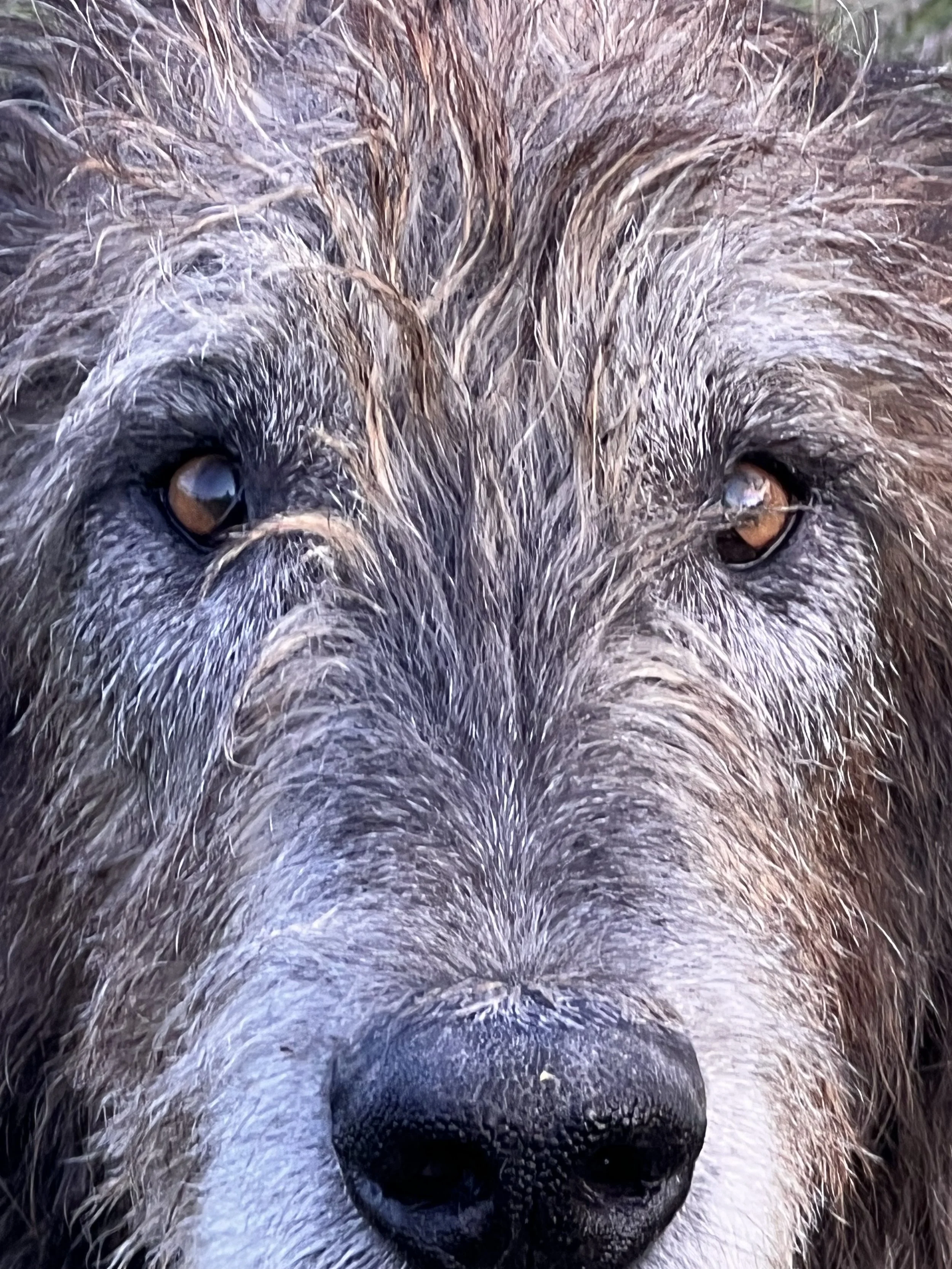The effect of body size and inbreeding on cancer mortality in breeds of the domestic dog: a test of the multi-stage model of carcinogenesis
Published:31 January 2024 https://doi.org/10.1098/rsos.231356
Abstract
Cancer is a leading cause of death in domestic dogs. Deaths due to cancer vary widely among breeds, providing an opportunity for testing the multi-stage model of carcinogenesis. This model underpins evolutionary and basic studies of cancer suppression and predicts a linear increase in cancer with breed size, an expectation complicated by bigger breeds having a shorter lifespan (decreasing risk). Using three independent datasets, the weight and lifespan of breeds provided a good fit of lifetime cancer mortality to the multi-stage model, the fit suggesting many canine cancers are initiated by four driver mutations. Of 85 breeds in more than one dataset, only flat-coated retriever showed significantly elevated cancer mortality, with Scottish terrier, Bernese mountain dog and bullmastiff also showing notable risk (greater than 50% over expected). Analysis of breed clades suggested terriers experience elevated cancer mortality. There was no evidence that the lower mass-specific metabolic rate of larger breeds reduced cancer risk. Residuals indicated increased breed inbreeding shortened expected lifespan, but had no overall effect on cancer mortality. The results provide a baseline for identifying increased breed risk for specific cancers and demonstrate that, unless selection promotes increased cancer suppression, the evolution of larger longer-lived animals leads to a predictable increased cancer risk.
You can read the full length article that The Royal Society Open Science recently published in Volume 11, Issue 1, January 2024.
Here is an AI generated abbreviation of the discussion aspect of the article which is interesting.
Canine Cancer and the Multi-Stage Model of Carcinogenesis A recent study aimed to determine if the multi-stage model of carcinogenesis is responsible for the patterns of cancer mortality seen across dog breeds. The results showed that the fit to the multi-stage model was very good, with a linear increase in cancer mortality with weight in small dogs that plateaus in medium-sized dogs and declines in the largest dogs. The best-fit model was consistent across three independent datasets, defining a single value of M (the number of driver mutations). M = 4 suggests that a majority of cancers causing mortality in dogs are initiated by four driver mutations. The study also found that the value of M = 4 falls within a narrow range of values predicted a priori. The evolutionary multi-stage model of carcinogenesis (EMMC) predicts that the level of cancer suppression is expected to reduce the fitness loss due to a specific cancer in a given species to approximately 1/(2Ne), where Ne is the effective population size of the species. Given the lower weight and shorter reproductive life of wolves relative to humans, the EMMC predicts a slightly lower average level of cancer suppression in wolves and their descendant dogs than in humans. The study shows that artificial selection for increased or decreased body size has had, on average, the predicted effect on cancer risk. A similar predictable size effect (based on height) is also seen in humans. Together these patterns unambiguously support the EMMC: increasing body size leads to a greater risk of cancer unless this effect is reduced by a concomitant adaptive increase in cancer suppression. In conclusion, the results from the study strongly contradict an alternative non-adaptive hypothesis based on Kleiber's law. Kleiber's law is a well-established relationship linking increased body size to a reduced mass-specific metabolic rate, and, while the precise relationship is debated, the negative relationship is consistent. However, the dog data provide a clearer picture, showing no indication of an unexplained reduction in the predicted cancer risk with increased body size that could be assigned to the effect of a reduced metabolic rate. Therefore, there is no support for the metabolic rate hypothesis in relation to canine cancer.
